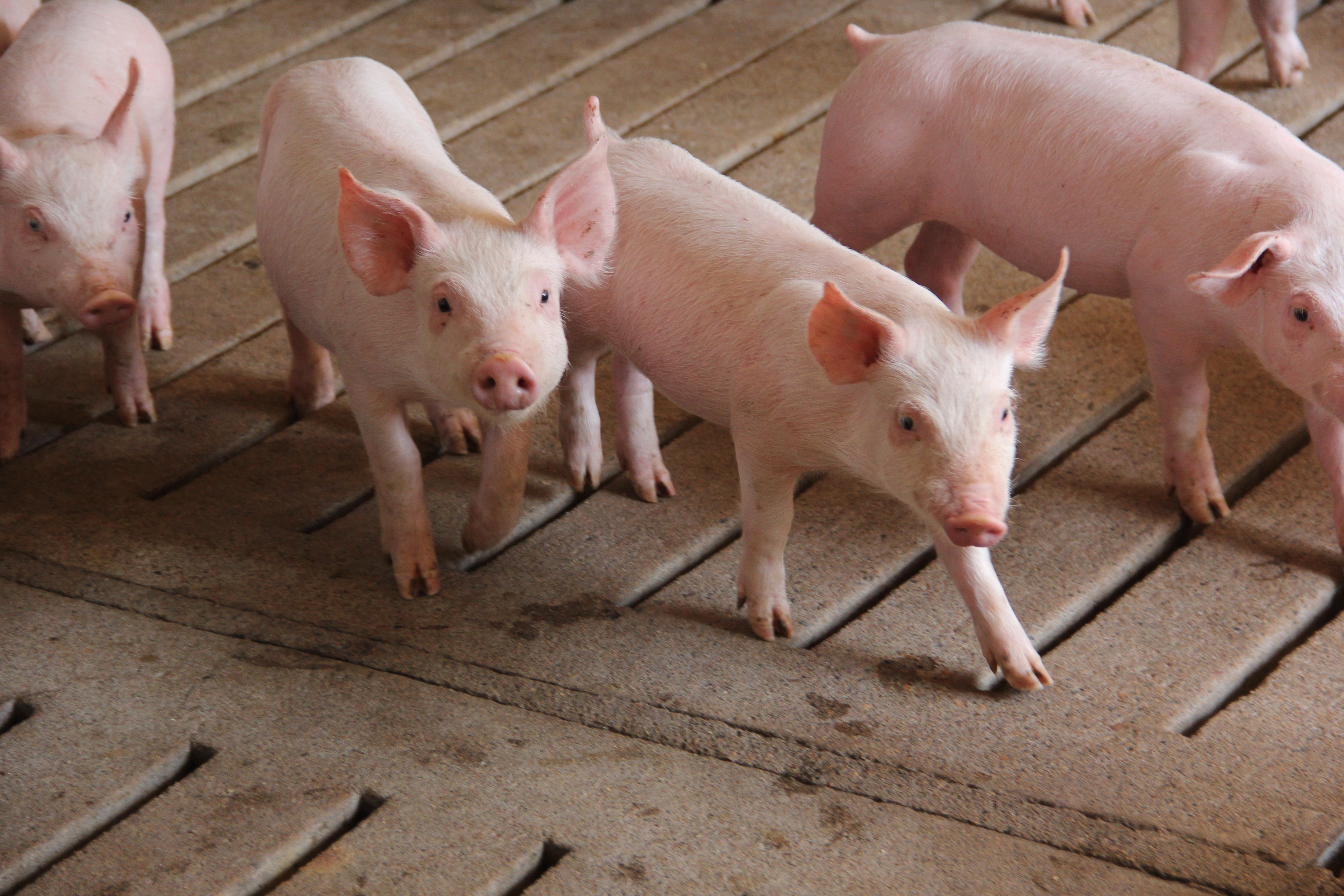Minnesota One Health Antibiotic Stewardship Collaborative (MOHASC)
- MOHASC Home
- About MOHASC
- News and Events
- Conferences and Presentations
- Honor Roll
- Stories
- Resources and Print Materials
- Contact Us
Related Topics
Contact Info
One Health Antibiotic Stewardship

Seth Spronk:
Stories of Antibiotic Use and Resistance
Spronk Brothers III LLP
Our farm works closely with our veterinarian to prescribe antibiotics for prevention and treatment of diseases in our pigs. NOT having antibiotics available for responsible use is an animal welfare concern for me.
Two things: first, overcoming the misperception that farmers use antibiotics to the detriment of society as a whole. It’s difficult to reach out and share information or ask for advice from other sectors when the conversation is immediately combative. Second, navigating the complicated intersections of antimicrobial resistance research, animal health and welfare, farm finances, and social perception, and boiling it down to a decision that will be viewed as correct by society and that is right for my pigs and my farm.
It’s a complicated subject that requires cooperation among everyone that uses antibiotics: farmers, veterinarians, doctors, and families all have an interest in responsible antibiotic use and in understanding how resistance develops and changes over time. We are working closely with our veterinarians to track our antibiotic use and draw connections between that use and what, if any, resistance patterns we can find.
From the time I started taking care of pigs in grade school to today, we’ve dramatically changed how we look at antibiotic use. As I alluded above, we are tracking our antibiotic use by classification and category as laid out by the FDA (Food and Drug Administration), and we are working to draw connections between our use and any apparent resistance patterns. We are actively researching ways to treat our pigs that don’t require antibiotics. We also spend a great deal of time and money focusing on how to keep our pigs healthy so that we don’t have to use antibiotics at all. For example, all of the air that enters our sow farms is filtered for dust and pathogens. We chore market hog barns with different health status separately, and shower before switching status. We change boots and coveralls, and wash our hands between similar health status market barns. We adhere to strict vehicle wash and disinfect standards. I could go on.
Losing the tools we have to protect human and animal health before we can find new alternatives.
What can we do to reduce AMR, and which components of AMR are beyond human influence? Are there effective alternatives close at hand?
Last Updated: 10/20/2022